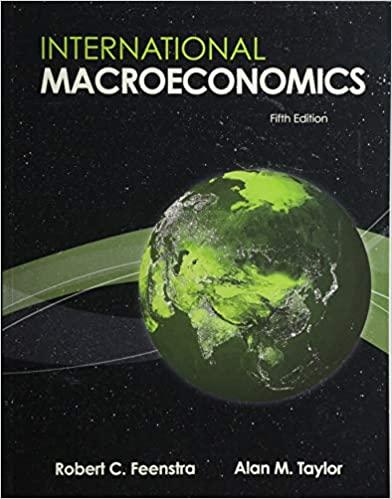Answered step by step
Verified Expert Solution
Question
1 Approved Answer
help with the calculations please Assume that there was no beginning inventory of either direct materials or finished units. During the month, materials purchased amounted

 help with the calculations please
help with the calculations please
Step by Step Solution
There are 3 Steps involved in it
Step: 1

Get Instant Access with AI-Powered Solutions
See step-by-step solutions with expert insights and AI powered tools for academic success
Step: 2

Step: 3

Ace Your Homework with AI
Get the answers you need in no time with our AI-driven, step-by-step assistance
Get Started


